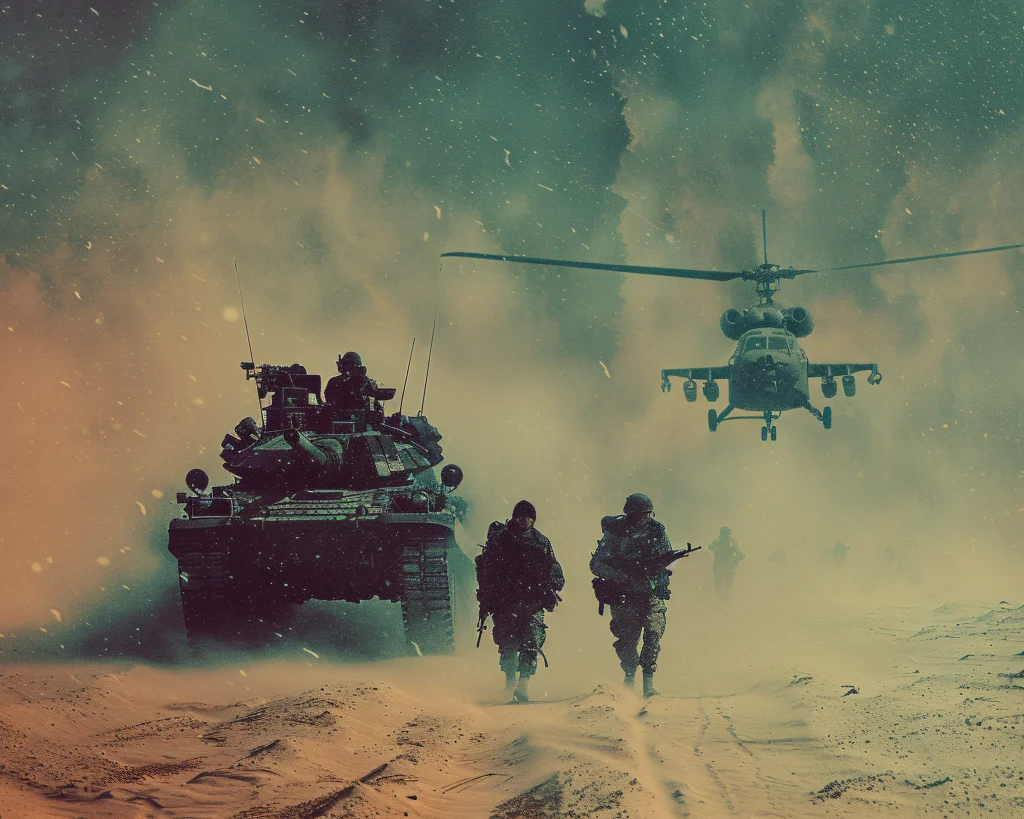In an era where national security is paramount, a robust air force plays a critical role in protecting a country’s sovereignty. The strength of an air force is often measured by the size and capability of its fleet, particularly its fighter jets. In this article, we explore the top ten countries with the largest air forces, highlighting India’s notable position in this competitive landscape.

1. United States
At the forefront of global air power is the United States Air Force (USAF), which stands as the largest air force in the world. With a staggering total of 13,209 aircraft, including 1,854 fighter jets like the F-22 Raptor and the F-35 Lightning II, the USAF sets the standard for air superiority. This extensive fleet is equipped to handle a wide range of missions, making it a formidable force on the international stage.
2. Russia
In second place is the Russian Air Force, boasting over 4,255 aircraft. This impressive fleet includes 809 fighter jets, 730 attack planes, and a powerful assortment of helicopters. Russia’s air capabilities are not just a reflection of its size; they also represent a rich history of military aviation and ongoing advancements in technology.
3. China
Claiming the third position, the People’s Liberation Army Air Force (PLAAF) of China has seen remarkable growth in recent years. With 3,304 aircraft, including 1,207 fighters and bombers, China is expanding its air capabilities at an unprecedented pace. This rapid development underscores the country’s strategic ambitions and its aim to become a dominant force in the Asia-Pacific region.
4. India
India proudly ranks fourth, with the Indian Air Force (IAF) comprising 2,296 aircraft, including 606 fighter jets such as the renowned Sukhoi Su-30 MKI. The IAF’s robust helicopter fleet further enhances its operational capabilities. As India continues to modernise and strengthen its air force, it plays a crucial role in regional stability and security.
5. South Korea
In fifth place is South Korea, home to the Republic of Korea Air Force (ROKAF), which operates 1,576 aircraft. The fleet includes 40 F-35 Lightning II fighters, emphasising South Korea’s commitment to maintaining a state-of-the-art air force amid rising regional tensions.
6. Japan
The Japan Air Self-Defense Force (JASDF) ranks sixth with 1,459 aircraft. Utilising Mitsubishi F-15 fighters, the JASDF is focused on developing the next-generation Mitsubishi F-X, reinforcing its defensive capabilities in a region marked by security challenges.
7. Pakistan
Seventh on the list is the Pakistan Air Force (PAF), which operates a fleet of 1,434 aircraft. The PAF features a mix of modern fighters and a significant number of helicopters, reflecting Pakistan’s strategic focus on maintaining a balanced and capable air force.
8. Egypt
The Egyptian Air Force (EAF) ranks eighth, supported by a wide range of multirole fighters and a strong helicopter fleet. Egypt’s air capabilities are crucial for its regional role and contribute to its military readiness.
9. Turkey
In ninth place, the Turkish Air Force (TurAF) operates over 1,069 aircraft, heavily relying on its fleet of F-16 fighters while developing its indigenous fifth-generation fighter, the Kaan. Turkey’s focus on modernization reflects its ambition to enhance its air capabilities.
10. France
Completing the top ten is the French Air and Space Force, which maintains a diverse fleet of fighter jets and helicopters. France’s air power is integral to its military strategy, providing both national defence and international operational capabilities.
As nations around the world prioritise their military capabilities, the strength of an air force remains a critical factor in maintaining security and influence. With India positioned among the leading air forces globally, it showcases the country’s commitment to enhancing its defence mechanisms. The dynamics of air power will continue to evolve, shaping the future of international relations and military strategies.
